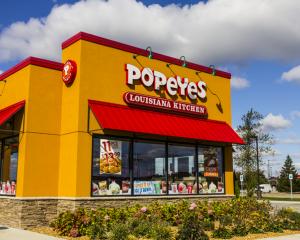
Releasing the airport company's annual results, Ms Flacks said she was confident about the sustainability of the domestic and international markets, particularly with all four airlines now certified to fly after dark and the announcement of increased services from late October in time for summer.
''We will also continue our investment in technology, products and infrastructure improvements to provide a better customer experience.''
The ultimate goal was to make it easier for visitors and residents to travel to and from the region, experiencing the best it had to offer, she said.
Queenstown Airport reported an operating profit of $31.6million for the year ended June, up 21% on the $18.8million reported in the previous corresponding period.
Revenue was up $18% to $45.7million from the $38.9million in the pcp and the reported profit for the year after tax and all expenses was up 24% to $14.9million from $12.1million.
The company grew its total assets more than $50million in the year to $356.2million from $305million.
The operating cash flow at balance date was $24.6million, up from $19.8million in the pcp.
The airport's two shareholders, Queenstown Lakes District Council (75.01%) and Auckland Airport (24.99%), received a combined dividend of $7.2million. For the Queenstown Lakes District community, it means a payment of $5.4million, or $215 per rateable property in the district.
The airport company is facing strong opposition to its proposals to extend its noise boundaries.
Ms Flacks said the company was aware the continued and rapid growth of its region's resident population and seasonal visitors was having an increased effect on the communities it served.
''We acknowledge the role our airports play and we work hard to strike a balance between providing a world-class airport experience, balancing commercial requirements and being a good neighbour in our community and region, supporting its economic growth.''
The continued engagement with stakeholders through one-on-one meetings, events and new online community hubs was key to ensuring a connected regional community, she said.
The sustainability programme continued to evolve and included work the airport did on its own or with partners to provide social, economic and environmental value to the communities.
For the year ended June, passenger movements reached an historic high of 2.14million, 13% up on the pcp.
International passenger movements increased 12% and domestic passenger movements 14%.













